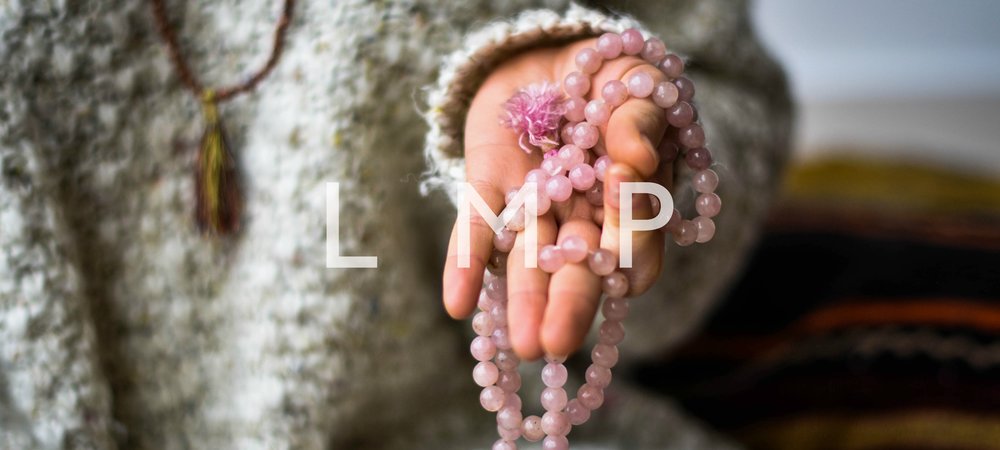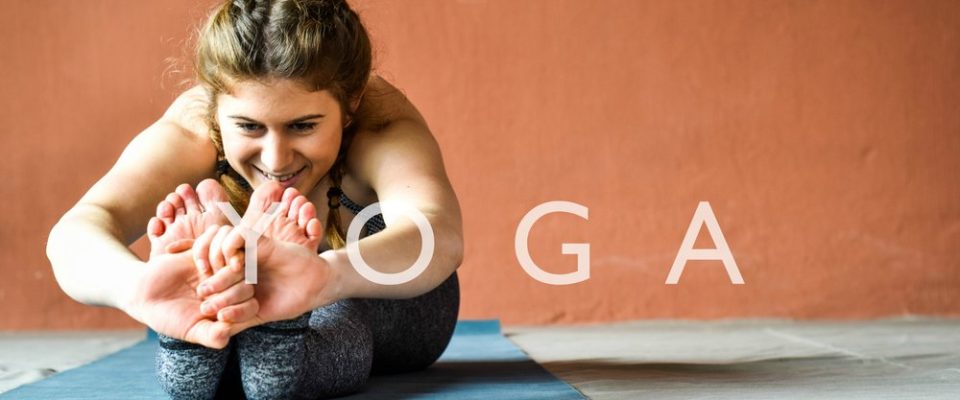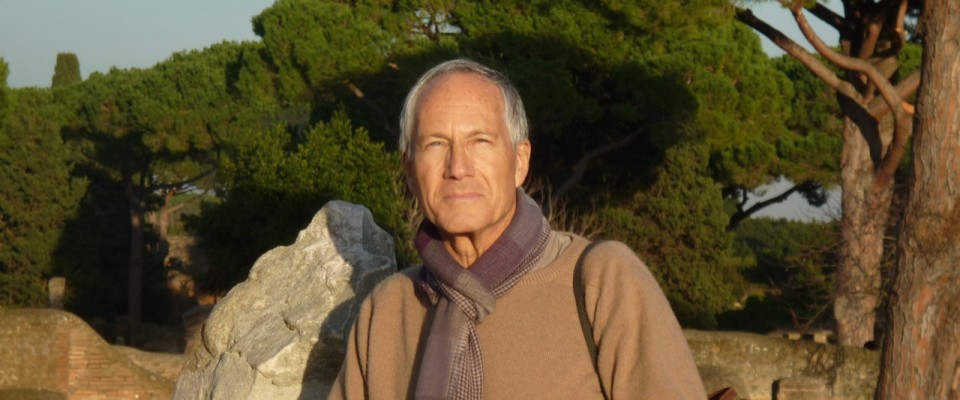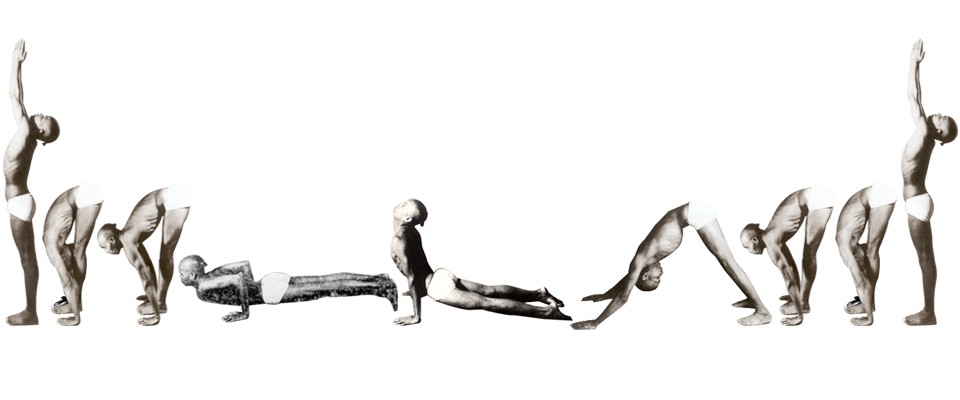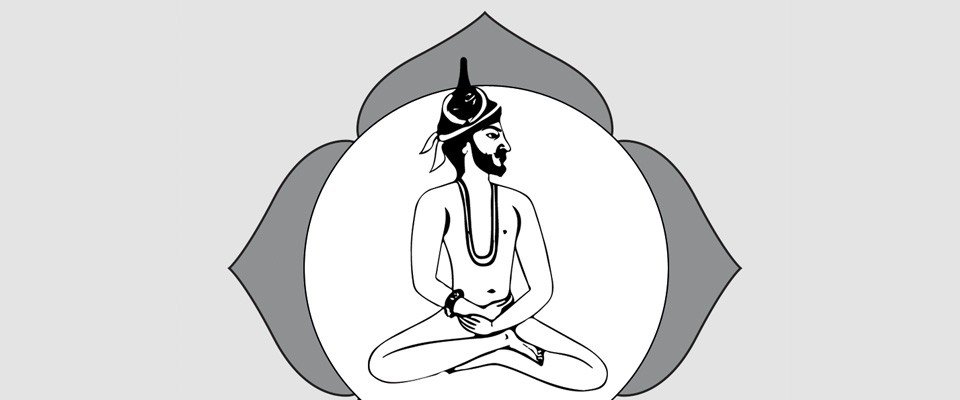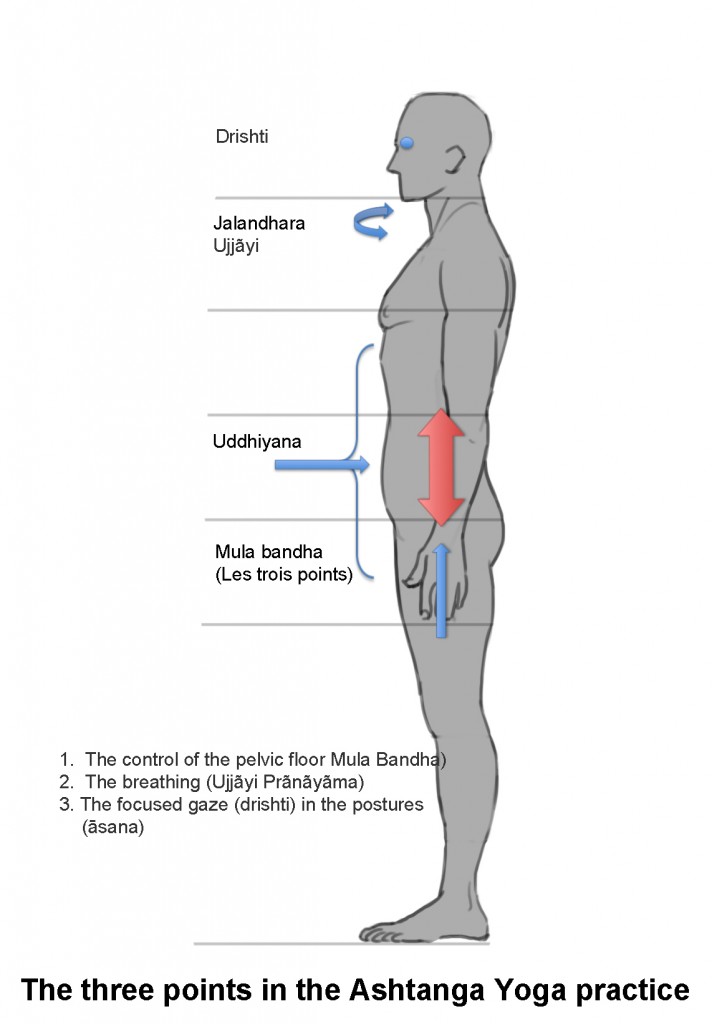The Sun Salutation or Sūryanamaskāra is a dynamic sequence of postures; it is a ritual in honor of the rising sun. This prepares the postural work that gives warmth to the body, the heart and soul.
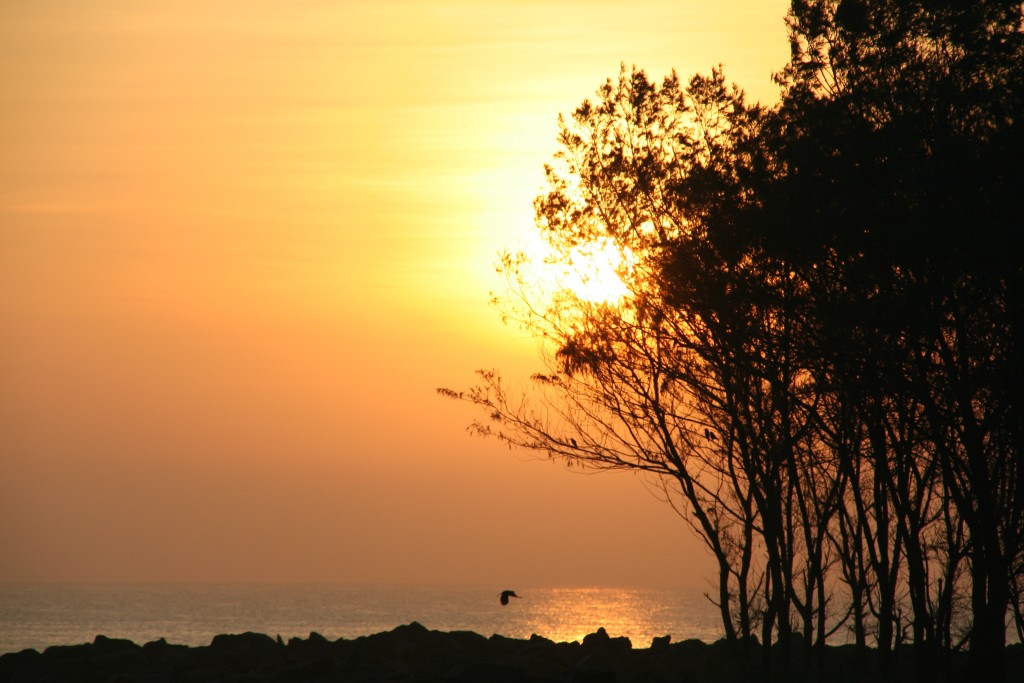
Sunrise at Mahabalipuram
Originally, the Sun Salutation is a ritual, a morning prayer, in honor of the rising sun.
“Surya” (sun) and “Namaskara” (salutation), and “prostration” are Sanskrit terms. This dynamic sequence of postures is native to Iran; it arrived in India with the Parsi, who consider the Sun Salutation as a religious duty.
The sun salutation is used in the Ashtanga Yoga
The notorious Mysore salutations, called “A” & “B” have been transmitted by Sri Krishnamacharya & Sri Pattabhi Jois. These greetings serve as a transition between postures and as a postural preparation.
- Warm-up (muscles)
- Release of large articulations
- Limbering up of the spine
- Exercises done with the synchronization of the breath (Viniyasa)
“ if the government itself understood its usefulness, and made the practice of yogāsana, the Sūryanamaskāra, and their traditions compulsory for all students in all educational institutions, boys and girls, it would help to render their lives pure, it would be render a great service to the world ”.
Sri K. Pattabhi Jois
Sūrya Namaskāra A :
Tadāsana, Uttanāsana A, Uttanāsana B, Chaturanga Dandāsana, Ûrdhva Mukha Svanāsana, Chaturanga Dandāsana, Adhomukha Svanāsana, Uttanāsana B, Uttanāsana A, Tadāsana, Samasthitiḥ.

Sūrya Namaskāra B :
Tadāsana, Utkatâsana, Uttanāsana A, Uttanāsana B, Chaturanga Dandāsana, Ûrdhva Mukha Svanâsana, Chaturanga Dandāsana, Adhomukha Svanâsana, Vīrabhadrāsana A, Chaturanga Dandāsana, Ûrdhva Mukha Svanāsana, Chaturanga Dandāsana, Adhomukha Svanâsana, Vīrabhadrāsana A, Chaturanga Dandāsana, Ûrdhva Mukha Svanāsana, Chaturanga Dandāsana, Adhomukha Svanâsana, Uttanāsana B, Uttanāsana A, Utkatâsana, Samasthitiḥ.
There is therefore always a movement during which we inhale followed by one during which we exhale.
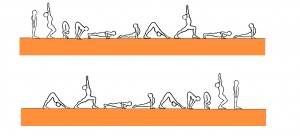
Benefits of practicing Sūryanamaskāra (The Sun Salutation)
Regular rhythmic practice (every day) will gradually provide you with perfect health:
- It softens and strengthens the muscles of the body
- It activates intestinal regulation by increasing digestive fire
- It purifies and develops the lungs and heart
Sūryanamaskāra will help you develop willpower, stamina, mental strength; all of them are qualities that are essential to achieve the goal of Yoga. It is a meditation in action.
All yoga practitioners know the Sun Salutation
Power Yoga, Vinyasa Yoga, Vinyasa Flow and other Yoga methods use the Salutation.
This is “the” Yoga technique that uses the cardiovascular system. It provides heat and considerable energy. André Van Lysebeth quickly taught the sun salutation to increase heartbeat and heat.
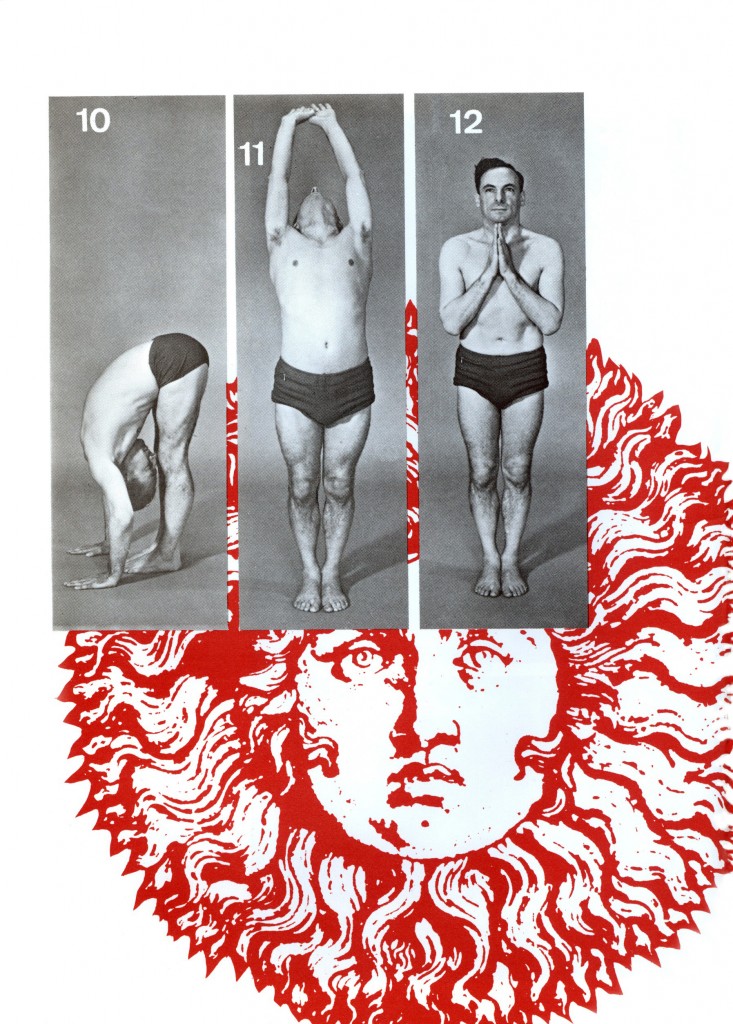
Sūryanamaskā, André Van Lysebeth
Other forms of salutations according to traditions
There are Buddhist or Muslim salutations, the Tibetan prostrations (“The Five Tibetans”). In India there is the Raja Aundh salutation, originating from Sivananda, which is well known in Europe thanks to André Van Lysebeth.
Finally, less known, is the Moon Salutation used in the Tantric tradition (Chandra Namaskara)

